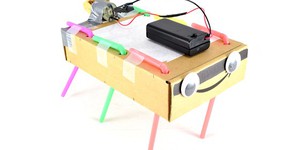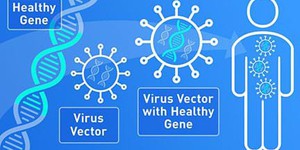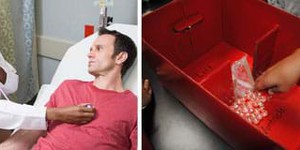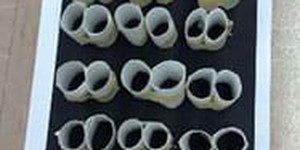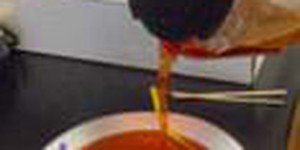Medical Biotechnology Lesson Plans (5 results)
You already know that medicines like antibiotics and aspirin can make you feel better when you are sick, but how do researchers find new medicines? Do medications work the same way for everyone? How can we use medicine to treat genetic diseases?
|
Select a resource
Sort by
|
Lesson Plan
Grade: 8th-12th
1 review
In this lesson, students will do a series of activities to explore the role of antibodies in our immune system. They will also investigate how doctors use monoclonal antibodies as part of immunotherapy to treat diseases like cancer.
Read more
Featured
Lesson Plan
Grade: 6th-8th
7 reviews
Junkbots are easy-to-build robots that you can make using a simple circuit and some recyclable materials. In this lesson, your students will learn about engineering design as they compete to build the fastest robot. No previous robotics experience is required!
Read more
NGSS Performance Expectations:
Lesson Plan
Grade: 9th-12th
Students become biomedical engineers and create model viruses for use in therapeutic applications, such as gene therapy. In constructing their models, students carefully plan for side effects and modify a virus that can be used to safely to deliver gene therapy. This process involves taking a "wild type" (or unmodified) virus so it can target a specific area of the body.Engineering Connection
Genetic engineering is the artificial manipulation, modification, and…
Read more
NGSS Performance Expectations:
New
Lesson Plan
Grade: 6th-12th
Create a two-part system for filtering greywater. Teams will focus on communication and systems engineering as they build separate components to filter solid and liquid waste and then combine them into one device.
Learning Objectives
Students will:
Consider the potential effects of drought and how greywater could be part of the solution.
Design a system for filtering out solid waste or liquid waste.
Consider effective communication strategies with their team.
Collaborate on their design…
Read more
Lesson Plan
Grade: 6th-8th
Students use their knowledge about how healthy heart valves function to design, construct and implant prototype replacement mitral valves for hypothetical patients' hearts. Building on what they learned in the associated lesson about artificial heart valves, combined with the testing and scoring of their prototype heart valve designs in this activity, students discover the pros and cons of different types of artificial heart valves based on materials, surgery…
Read more
NGSS Performance Expectations:
Lesson Plan
Grade: 9th-12th
Students act as if they are biological engineers following the steps of the engineering design process to design and create protein models to replace the defective proteins in a child's body. Jumping off from a basic understanding of DNA and its transcription and translation processes, students learn about the many different proteins types and what happens if protein mutations occur. Then they focus on structural, transport and defense proteins during three challenges…
Read more
NGSS Performance Expectations:
Lesson Plan
Grade: 9th-12th
Students create large-scale models of microfluidic devices using a process similar to that of the PDMS and plasma bonding that is used in the creation of lab-on-a-chip devices. They use disposable foam plates, plastic bendable straws and gelatin dessert mix. After the molds have hardened overnight, they use plastic syringes to inject their model devices with colored fluid to test various flow rates. From what they learn, students are able to answer the challenge question…
Read more
NGSS Performance Expectations:
|
Explore Our Science Videos
How to Make a Seismograph - STEM Activity
Cricket Wicket Knockdown: 2020 Engineering Challenge
The First Cartoon: Make Your Own Thaumatrope!




